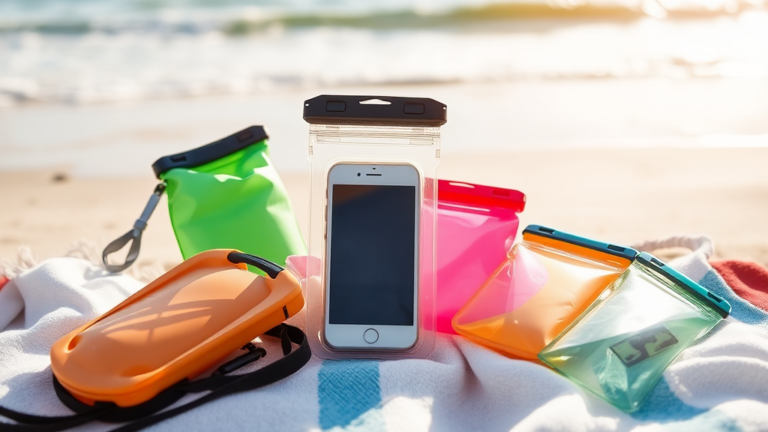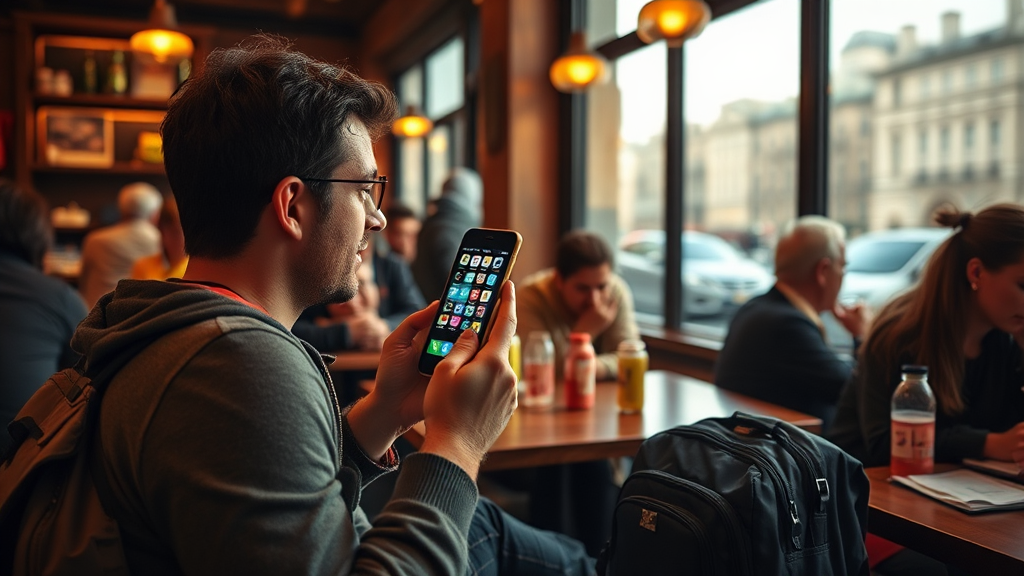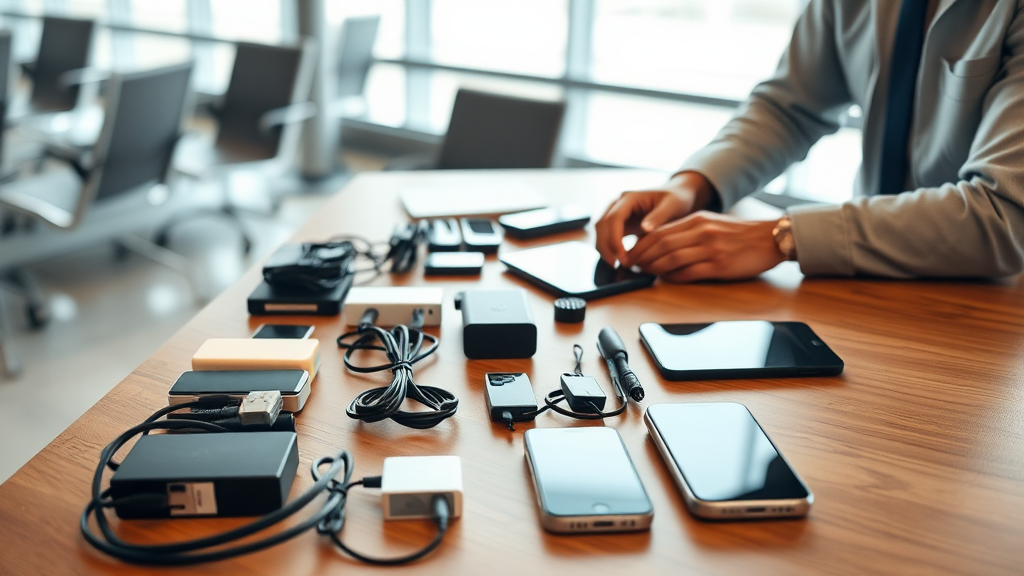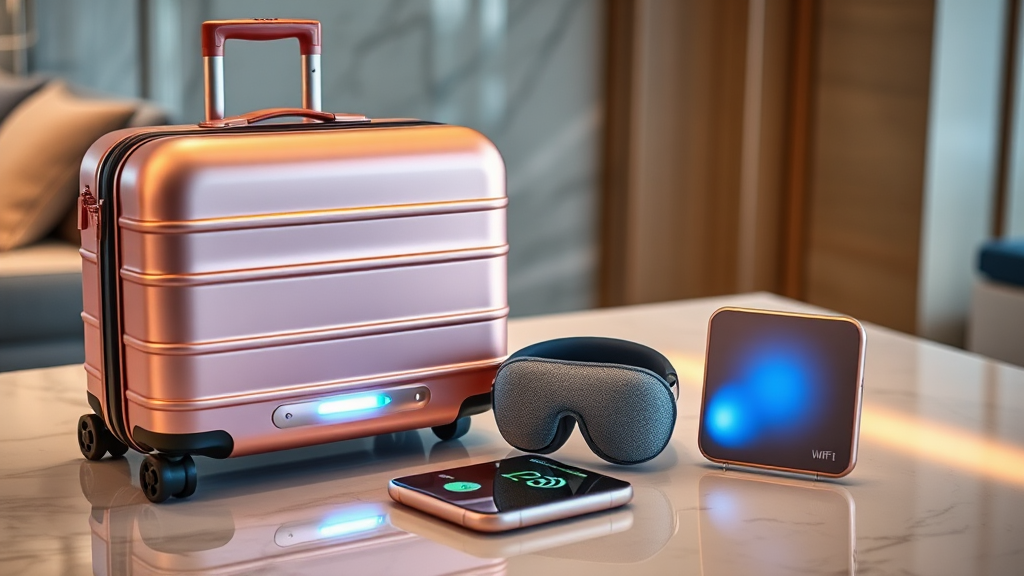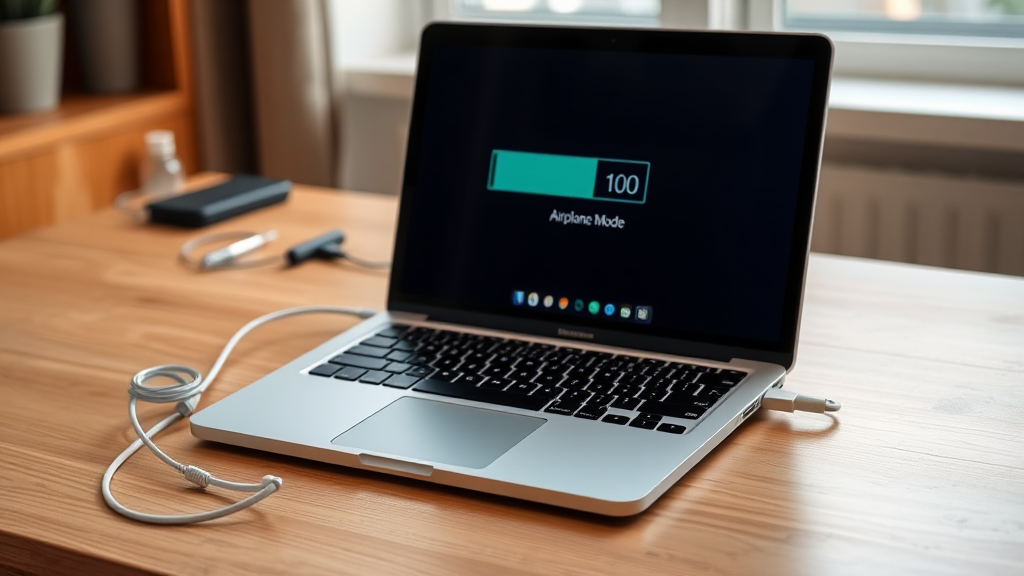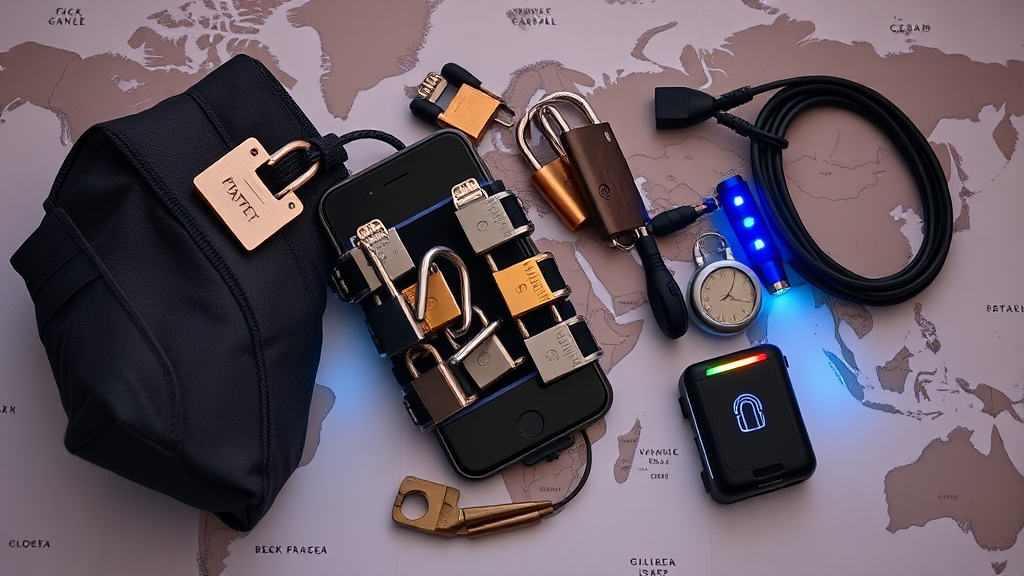Sand, sun, and sea can wreak havoc on your electronic devices. This guide offers practical tips to safeguard your gadgets during beach trips, ensuring they stay functional and protected from the elements.
Understanding Beach Hazards for Electronics
Beach environments pose unique risks to your devices. Sand can scratch screens and clog ports, while saltwater is corrosive to electronic components. UV rays and heat can cause overheating and battery damage.
- Sand: Abrasive and can enter small openings
- Saltwater: Highly corrosive to electronic circuits
- Sun: UV rays and heat can damage screens and batteries
- Humidity: Can cause internal condensation
Essential Protective Gear for Beach Tech
Invest in quality protective accessories to shield your devices from beach hazards. Consider these options:
- Waterproof cases: Full-body protection against water and sand
- Dry bags: Keep multiple devices safe when not in use
- Screen protectors: Additional layer against scratches and UV rays
- Silicone port covers: Prevent sand and water from entering openings
Recommended Waterproof Cases
| Device Type | Recommended Case | Features |
|---|---|---|
| Smartphones | LifeProof FRĒ Series | Waterproof, drop-proof, dust-proof |
| Tablets | Catalyst Waterproof Case | IP68 rated, impact-resistant |
| Cameras | DiCAPac WP-S10 | Universal fit, allows full camera operation |
Smart Storage and Handling Practices
Proper storage and handling can significantly reduce the risk of damage to your devices at the beach. Follow these guidelines:
- Use resealable plastic bags for extra protection when devices are not in use
- Keep devices in the shade to prevent overheating
- Avoid sudden temperature changes that can cause condensation
- Clean devices with a soft, dry cloth after beach exposure
When using devices on the beach, be mindful of your surroundings. Keep them elevated on a towel or beach chair to minimize sand contact. Avoid using devices near the water’s edge where waves can suddenly reach them.
Keeping Your Tech Safe While Enjoying the Sun
Beach days can spell disaster for your gadgets. This guide helps you protect your devices from sand, saltwater, and sun damage. Learn practical tips to keep your tech safe while enjoying the beach.
Smart Storage Solutions for Beach Tech
Proper storage is key to protecting your devices at the beach. Consider these options:
- Dry bags: Waterproof bags for multiple devices
- Insulated coolers: Keep devices cool and protected
- Beach safes: Small, portable safes to secure valuables
Always store devices in a shaded area to prevent overheating. Use resealable plastic bags for an extra layer of protection against sand and moisture.
Beach-Friendly Device Alternatives
Consider using beach-friendly alternatives to reduce the risk to your main devices:
- Waterproof e-readers: Perfect for beach reading
- Disposable cameras: Capture memories without risking your smartphone
- Waterproof Bluetooth speakers: Enjoy music without worry
These alternatives offer similar functionality with less risk of damage from beach hazards.
Emergency Tips for Water-Exposed Devices
If your device gets wet despite precautions, act fast:
- Power off immediately
- Remove the battery (if possible)
- Rinse with fresh water if exposed to saltwater
- Dry with a clean cloth
- Use silica gel packets or uncooked rice to absorb moisture
Avoid using heat sources like hairdryers, which can cause further damage. Wait at least 48 hours before attempting to power on the device.
Post-Beach Device Care
After your beach trip, proper care can prevent long-term damage:
- Clean devices thoroughly with a soft, slightly damp cloth
- Use compressed air to remove sand from ports and crevices
- Check for signs of corrosion or water damage
- Update your device protection if any wear is noticed
Regular maintenance after beach exposure can significantly extend the life of your devices.
Conclusion: Balancing Tech Use and Protection at the Beach
Protecting your devices at the beach doesn’t mean you can’t use them. By following these tips, you can safely enjoy your tech while minimizing risks:
- Use protective gear and smart storage solutions
- Consider beach-friendly device alternatives
- Know how to react in case of accidental exposure
- Maintain your devices after beach trips
With these strategies, you can strike a balance between staying connected and keeping your devices safe during beach outings. Remember, the best protection is often mindful use and careful handling.

